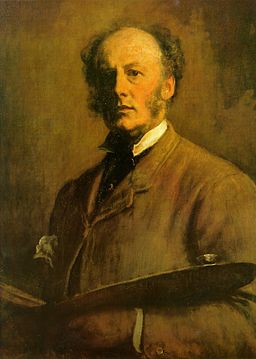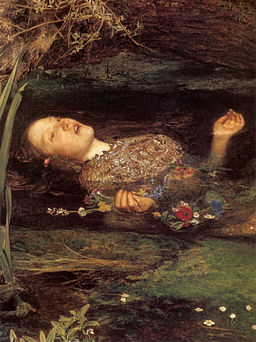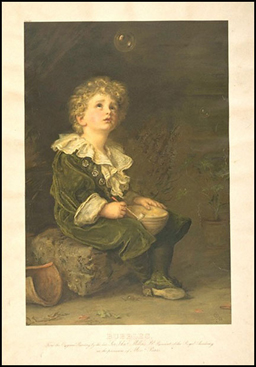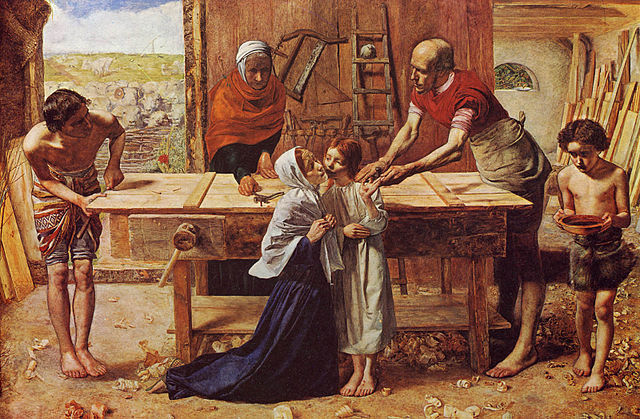John Everett Millais

Early Life
Millais was born in 1829 in Southampton, the son of John William Millais, who was a gentleman with wealth from an established Jersey family. His mother’s family were also prosperous being saddlers and harness makers. Millais was considered something of a child prodigy and went to London aged 9 years attending Sass’s Art School where he achieved a silver medal at the Society of Arts.
By the age of eleven, Millais had the accolade of being the youngest student to attend the Royal Academy School. The famous Pre-Raphaelite Brotherhood was started at the Millais family home and Millais himself became famous as an exponent of the style of painting. He came to London in 1838, was sent to Sass’s Art School, and won a silver medal at the Society of Arts at the age of nine. A child prodigy, at the age of eleven Millais became the youngest student to enter the Royal Academy Schools.
Pre-Raphaelites

Millais’ images of sensual beauty and stoic women and sensuous beauties captured the Victorian ideals of veiled eroticism and spirituality and these works are iconic. His painting “Ophelia” (below) is typical of this. During the painting of “Ophelia” Millais really suffered for his art spending up to 11 hours a day on the banks of the Hogsmill River in Surrey to perfect the natural beauty of the setting. He was bitten by flies and battered by weather and even taken before magistrates for trespassing and spoiling hay. As winter approached Millais constructed himself a hut covered in straw to protect him from the elements. Eventually the painting was sold for 300 guineas to an art dealer. Today it has an estimated worth of £30 million pounds.
Change of Style

In London, Millais became popular as a portrait painter and during 1855 and 1864 Millais illustrated for magazines and books including volumes of Tennyson’s poems and Anthony Trollope novels. He was also popular as a painter of children’s portraits and his subject “Bubbles” became famous as a Pears soap advertisement. He painted many well-known subjects including Lillie Langtry and Prime Ministers Gladstone and Disraeli.
From 1870 onwards, Millais demonstrates his reverence for old masters in his work. Many subjects were historical indicating his interest in the history of the British Empire. William Morris was a detractor of this new style accusing Millais of “selling out” for wealth and popularity.
Continuing success saw John Everett Millais created a baronet and in 1896 he became the Royal Academy of Arts President. Sadly this crowning glory was short lived and he died later on in the year 1896. He is buried at St Pauls Cathedral.


Another wonderful artist biog and paintings from deepspacworks. John Everett Millais, I love the gossip about the pre-Raphaelites I’m sure they’d have been fun (as well as an absolute ightmare) to have been amongst. Kelmscot Manor in Oxfordshire is worth a visit. Thanks Su.
Many thanks for your interesting response, Jennie. Oh to have been a fly on the wall…